Diabetic’s Dabba
Traveling abroad with type 1 Diabetes
Introduction
Traveling abroad is an exciting adventure, but for individuals with type 1 diabetes, it can also present unique challenges. From managing blood sugar levels to navigating unfamiliar healthcare systems, there are several factors to consider to ensure a smooth and enjoyable journey.
Understanding Type 1 Diabetes
Type 1 diabetes is a chronic condition where the pancreas produces little to no insulin, a hormone necessary for regulating blood sugar levels. This means individuals with type 1 diabetes need to carefully monitor their blood sugar levels and administer insulin regularly to stay healthy. When traveling abroad, managing diabetes becomes even more crucial to avoid complications such as hyperglycemia or hypoglycemia.
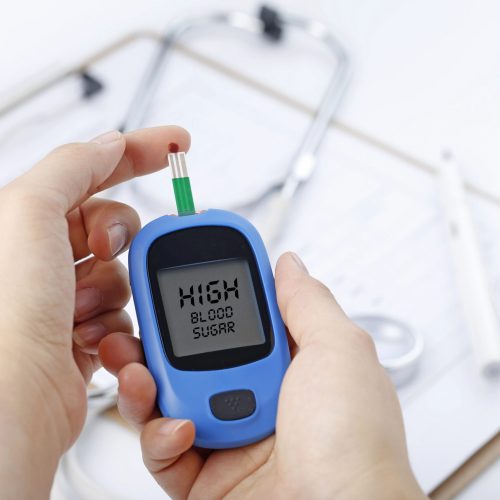
Preparation Before Travel
Before embarking on a trip abroad, it's essential for individuals with type 1 diabetes to consult with their healthcare provider. This includes discussing travel plans, obtaining necessary vaccinations, and ensuring an ample supply of medications and diabetes supplies. Packing essentials such as glucose monitoring devices, insulin, syringes or insulin pens, and snacks for managing low blood sugar levels is vital.
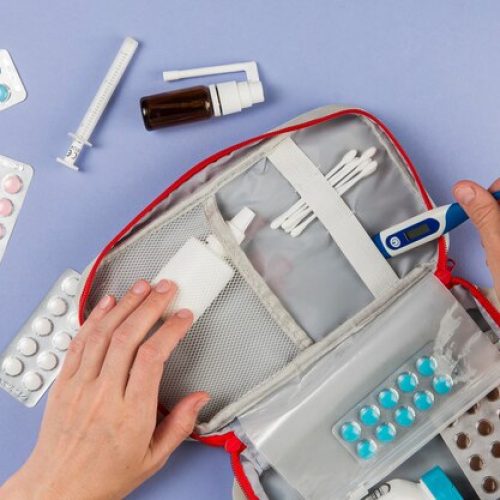
Researching Destination
Researching the destination thoroughly is key to ensuring a safe and enjoyable trip. This includes understanding the availability of healthcare facilities, pharmacies, and medical services at the destination. Additionally, considering language barriers and preparing translation cards or apps to communicate important information about diabetes can be helpful.
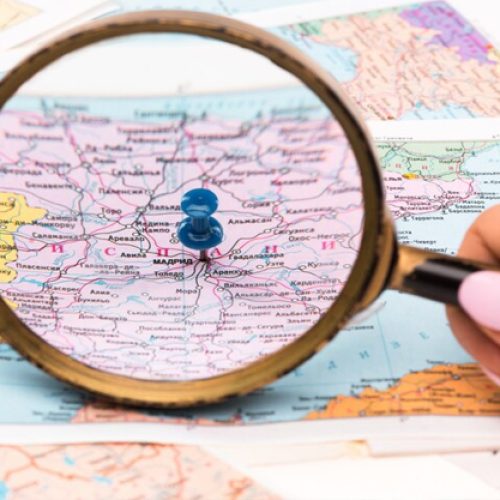
Managing Blood Sugar Levels During Travel
Traveling can disrupt regular routines, leading to fluctuations in blood sugar levels. It's essential for individuals with type 1 diabetes to monitor their blood sugar levels frequently and adjust insulin doses accordingly. Factors such as changes in meal times, physical activity levels, and time zone differences can all impact blood sugar levels and require careful management.

Eating Healthy While Traveling
Maintaining a healthy diet is important for managing diabetes, even while traveling abroad. Individuals should strive to make nutritious food choices and be mindful of carbohydrate intake. Planning meals ahead of time and carrying snacks for emergencies can help ensure stable blood sugar levels throughout the journey.

Carrying Supplies and Medications
When traveling abroad, it's crucial to carry ample supplies of insulin, syringes or insulin pens, glucose monitoring devices, and other medications. Splitting supplies between carry-on and checked luggage can help prevent loss or theft. Additionally, it's advisable to carry a letter from a healthcare provider explaining the need for diabetes supplies, especially when traveling internationally.

Dealing with Emergencies
Despite careful planning, emergencies can still occur while traveling. It's essential for individuals with type 1 diabetes to know how to seek medical assistance abroad and have emergency contact information readily available. Familiarizing oneself with local emergency services and healthcare facilities can help in case of unexpected medical issues.

Staying Active and Hydrated
Traveling often involves long periods of sitting during flights or car rides, which can affect blood sugar levels. Staying active by stretching or taking short walks during travel can help maintain healthy blood sugar levels. Additionally, staying hydrated by drinking water regularly is important for overall health and diabetes management.

Navigating Airport Security
Navigating airport security with diabetes supplies can seem daunting, but with proper preparation, it can be manageable. It's recommended to inform airport security about diabetes supplies, such as insulin and needles, and carry a letter from a healthcare provider explaining the need for these items. Packing supplies in a clear, labeled bag can also expedite the security screening process.
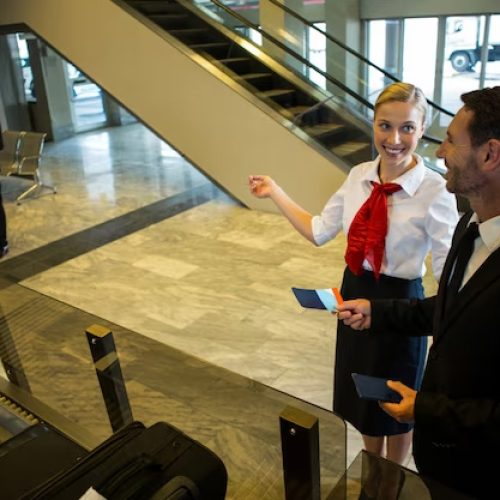
Dealing with Jet Lag
Traveling across different time zones can disrupt sleep patterns and meal times, affecting blood sugar levels. Individuals with type 1 diabetes should plan ahead to adjust insulin doses accordingly and stay hydrated during flights to prevent dehydration. Gradually acclimating to the new time zone and maintaining regular meal times can help minimize the effects of jet lag on diabetes management.
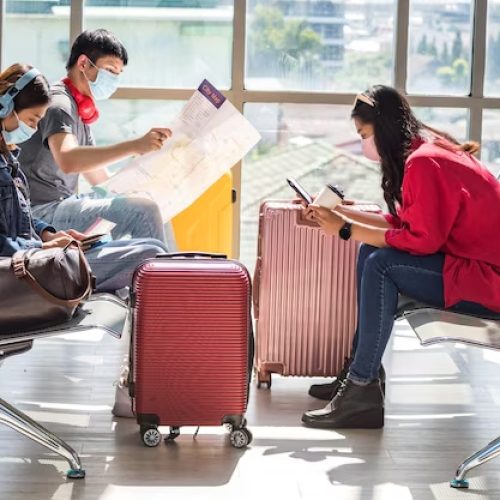
Seeking Support
Traveling with type 1 diabetes can be challenging, but seeking support from travel companions or fellow travelers can make the journey easier. Additionally, utilizing online resources and support groups for individuals with diabetes can provide valuable tips and advice for managing diabetes while traveling abroad.

Cultural Considerations
It's important to consider cultural attitudes towards diabetes when traveling abroad, as perceptions and dietary habits may vary between countries. Being respectful of local customs and traditions while managing diabetes can help navigate situations where food choices may be limited or unfamiliar.

Enjoying the Experience
Despite the challenges, traveling abroad with type 1 diabetes is entirely possible with proper planning and preparation. By staying informed, proactive, and adaptable, individuals with diabetes can confidently explore the world and create unforgettable memories.
